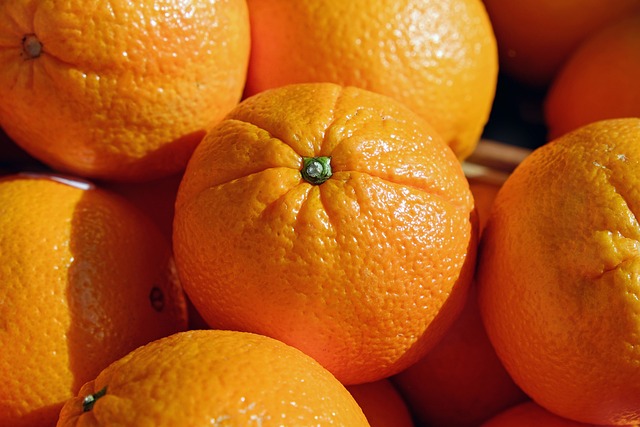Beyond Yogurt: Exploring Unexpected Sources of Probiotics for Optimal Wellness
Published on:
The Power of Probiotics
Welcome to another exciting blog where we dive into the world of wellness. Today, we will explore beyond yogurt and discover some unexpected sources of probiotics. Probiotics are live bacteria and yeasts that are beneficial to our health, especially our digestive system. They contribute to a healthy gut flora, which is essential for optimal wellness. While yogurt is commonly known as a good source of probiotics, there are other lesser-known options that can provide even more benefits.
Sauerkraut: Tangy and Healthy
Sauerkraut, a popular German side dish made of fermented cabbage, is an excellent source of probiotics. Its tangy taste comes from the natural fermentation process, which creates a rich probiotic content. The live cultures in sauerkraut help maintain a healthy gut environment, aiding digestion and aiding nutrient absorption. Incorporating sauerkraut into your meals can provide a savory and nutritious addition to your diet.
Kombucha: A Refreshing Elixir
Move over sugary sodas, and make way for kombucha! Kombucha is a fermented tea beverage that has gained popularity in recent years. It is made by fermenting sweetened black or green tea with a symbiotic culture of bacteria and yeast (SCOBY). The result is a fizzy, tangy, and slightly sweet drink packed with probiotics and other beneficial compounds. Kombucha has been linked to improved digestion, boosted immunity, and increased energy levels. It’s a refreshing alternative to traditional sugary beverages.
Miso: A Flavorful Tradition
Miso, a traditional Japanese seasoning made from fermented soybeans, is widely known for its rich and savory flavor. This versatile ingredient is not only delicious but also a great source of probiotics. The fermentation process used to produce miso promotes the growth of beneficial bacteria, which can help regulate digestion and support a healthy immune system. Adding miso to soups, dressings, and marinades can enhance both the taste and nutritional value of your meals.
Kimchi: Spicy and Beneficial
Hailing from Korea, kimchi is a fiery staple in Korean cuisine. This flavorful side dish is made from fermented vegetables, commonly cabbage, and a variety of seasonings. Besides adding a spicy kick to your meals, kimchi is loaded with probiotics and essential vitamins. The live bacteria in kimchi can improve digestion, reduce inflammation, and promote overall gut health. If you enjoy spicy foods, kimchi is a must-try for its taste and health benefits.
Tempeh: Plant-Based Probiotics
For those following a plant-based diet, incorporating probiotics can be done through the consumption of tempeh. Tempeh is a fermented soy product originating from Indonesia. It is made by fermenting cooked soybeans with a mold called Rhizopus oligosporus. The fermentation process not only enhances the nutritional value of soybeans but also increases the probiotic content. Tempeh is not only a great source of plant-based protein but also a valuable probiotic option for vegans and vegetarians.
Conclusion
While yogurt is a well-known source of probiotics, there are several other unexpected sources that can contribute to optimal wellness. Incorporating sauerkraut, kombucha, miso, kimchi, and tempeh into your diet can introduce a variety of flavors while promoting a healthy gut flora. Remember to choose unpasteurized and traditionally fermented options whenever possible to maximize the probiotic content. Embracing these diverse probiotic sources will not only enhance your culinary experience but also support your overall well-being. Happy exploring!







